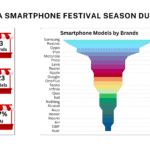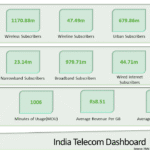The Mi Pad 6 is the latest budget-friendly Android tablet in town. The upgrade to the much-loved Mi Pad 5 has been launched at the same aggressive price tag of Rs. 26,999 (special launch price) for the 6GB/128GB base variant. Accompanying the Mi Pad 6 are three new accessories: the Pad 6 keyboard (Rs. 4,999), Xiaomi Smart Pen- 2nd Gen (Rs. 5,999), and the Xiaomi Pad 6 Smart Cover (Rs. 1,499). The 11-inch Android tablet along with the accessories will go on sale from June 21, 2023, across Mi.com, Amazon.in and Xiaomi retail partners.
Xiaomi Mi Pad 6 takes the fight to the recently launched OnePlus Pad, which was launched recently at a slightly premium price tag of Rs. 37,999. We have been testing both tablets simultaneously and before we give our comprehensive reviews, here’s a quick comparison of the Xiaomi Mi Pad 6 and the OnePlus Pad.
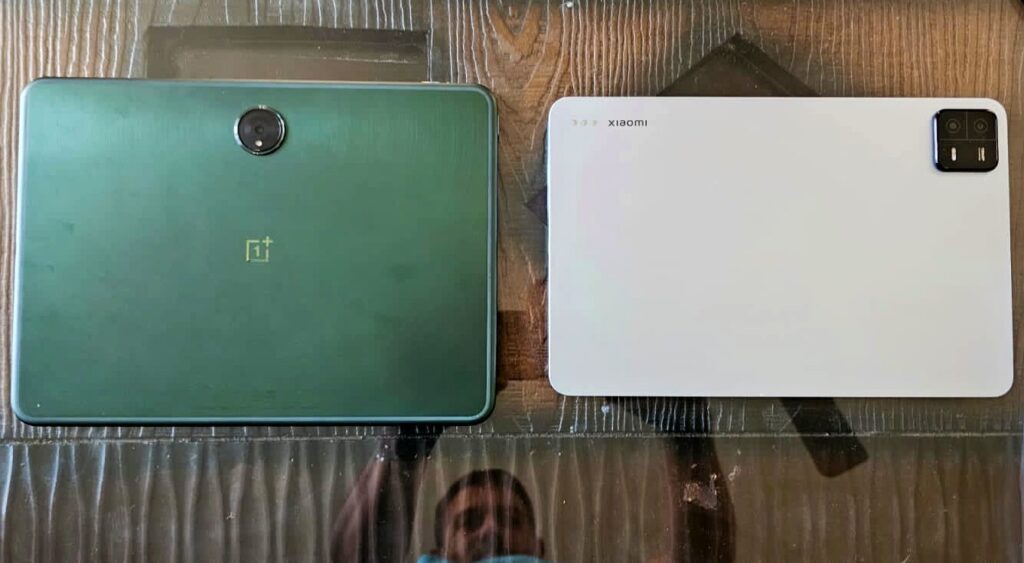
Xiaomi Mi Pad 6 Vs OnePlus Pad Design
Both the tablets flaunt a uni-body metal design and look and feel fairly premium for their prices; however, the OnePlus Pad stands out with its slightly more refined and upscale appearance. Its chassis is sturdier and possesses a denser feel, which is evident in the weight comparison between the two Android tablets. The Mi Pad 6 weighs 490g and measures 6.51mm in thickness, while the OnePlus Pad weighs 552g but maintains the same 6.5mm thickness.
Despite being marginally larger than the Mi Pad 6 due to its half-inch bigger screen, the OnePlus Pad compensates with sleeker bezels and a superior screen-to-body ratio. In terms of design and aesthetics, we would rate the OnePlus Pad higher overall. The price difference between the two tablets works in favor of the OnePlus Pad, resulting in a more premium overall design.
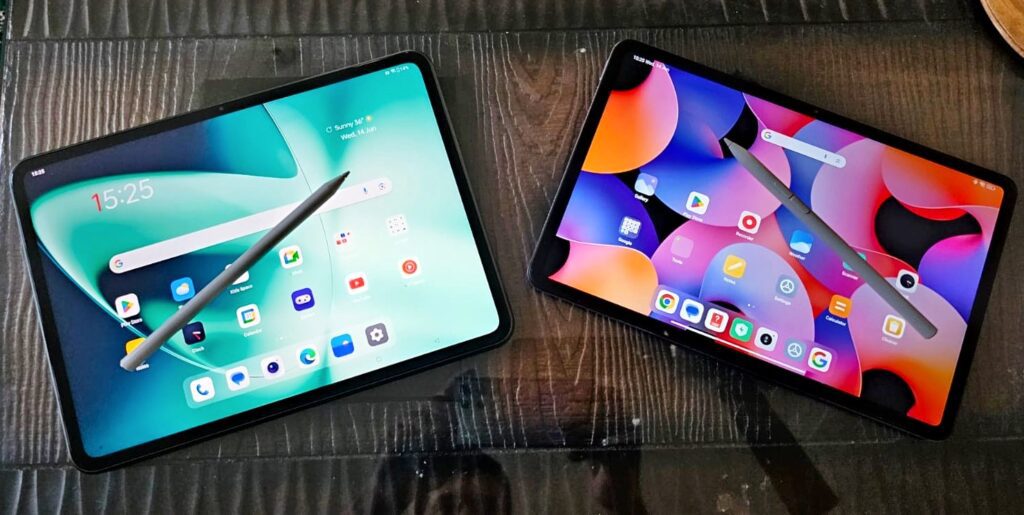
Xiaomi Mi Pad 6 Vs OnePlus Pad Display
Both tablets flaunt vibrant high-resolution LCD IPS screens with Dolby Vision support making them excellent devices for media streaming, web browsing, and gameplay. The Mi Pad 6 flaunts an 11-inch 2.8K resolution (2880 x 1800px) LCD with 309 ppi and 144Hz refresh rate. The display offers a peak brightness of 550 nits. Xiaomi has also installed a damage-resistant glass- Gorilla Glass 3 to protect the panel from accidental damage.
On the other hand, the OnePlus Pad boasts a slightly bigger 11.6-inch 2.8K resolution LCD screen with the same 144Hz refresh rate. Despite the high price, the OnePlus Pad has a slightly inferior peak brightness of 500 nits; however, the difference is fairly negligible and is something you won’t notice in day-to-day use. OnePlus hasn’t mentioned anything about the screen protection on the OnePlus Pad.
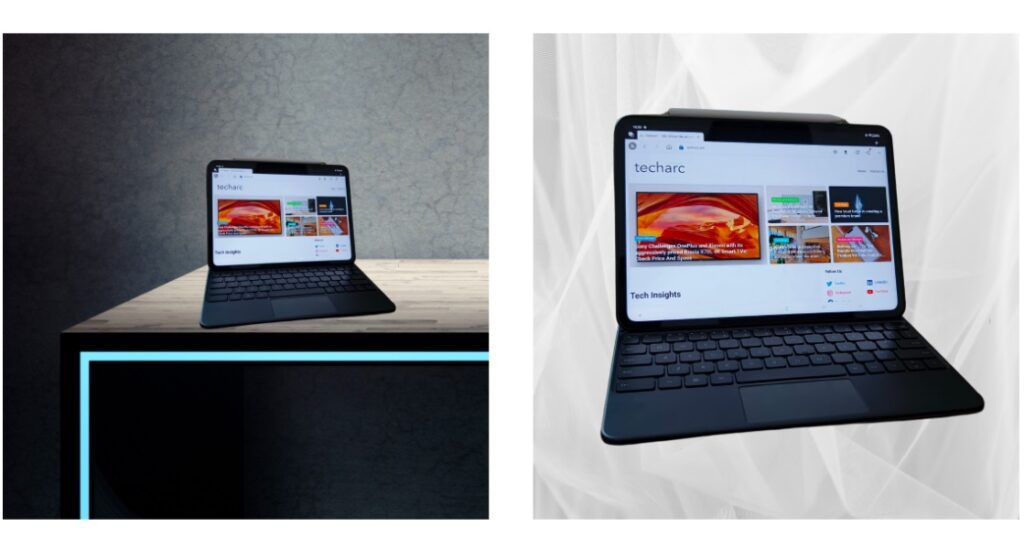
Xiaomi Mi Pad 6 Vs OnePlus Pad Hardware and Software
The Mi Pad 6 is powered by the Qualcomm Snapdragon 870 SoC, which is a two-year-old chipset but still packs a lot of punch when it comes to computing speed and performance. You can buy the Mi Pad 6 in two configurations- 6GB RAM/128GB and 8GB RAM with 256GB storage. The tablet runs on Android 13 with Xiaomi’s MIUI 14 custom skin.
The OnePlus Pad, on the other hand, is powered by the MediaTek Dimensity 9000 chipset, which is a comparatively newer chipset and is designed for value-flagship Android devices. The SoC packs in the latest TSMC N4 (4nm-class) production process. It supports higher memory bandwidth, churns out better scores in synthetic benchmarks such as Antutu, and also has a higher GPU frequency. This should result in better computing and graphics performance. You can purchase the OnePlus Pad with up to 12GB of LPDDR5 RAM and up to 256GB of UFS3.1 storage. The OnePlus tablet runs on OxygenOS 13.1 (also based on Android 13).
We observed that the Mi Pad 6 delivered comparatively better day-to-day performance, despite being equipped with an older SoC. This can be attributed to the Mi Pad 6’s better software optimization. Since OnePlus has just started its tablet journey, it still needs to fine-tune the OS for the big screen in order to provide a more consistent tablet user experience.
OnePlus Pad Offers a Powerful Battery & Faster Fast-Charging
The Mi Pad 6 runs on an 8,840mAh battery cell accompanied by a 33W fast charging adapter. In comparison, the OnePlus tablet is powered by a bigger 9,510mAh battery cell and has a much faster 67W fast charging speed. The difference between the battery life and the charging speed is noticeable in real-life usage. Both tablets offer a 13MP rear camera and an 8MP front camera.
In terms of accessories, the OnePlus magnetic keyboard provides a more varied experience by including a trackpad. This is why it costs more (Rs. 7,999) than the Pad 6’s keyboard (Rs. 4,999), which lacks a native trackpad. The OnePlus Stylo costs Rs. 4,999, while the Xiaomi Smart Pen- 2nd Gen costs Rs. 5,999. The folio case for the OnePlus Tab and the smart cover for the Xiaomi Pad 6 both cost Rs. 1,499.
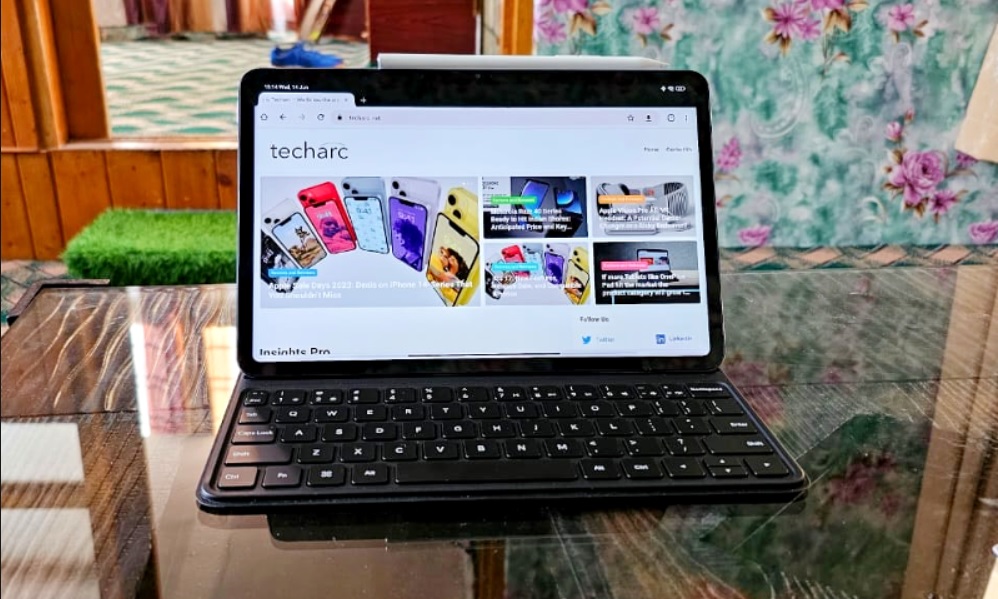
Techarc Verdict
Both Xiaomi and OnePlus tablets offer excellent value for your money. Due to its comparatively higher price point, the OnePlus Pad gets a slightly more polished design, a newer chipset, and a better battery + fast-charging combination. The Mi Pad 6, on the other hand, is a no-brainer for anyone searching for a low-cost tablet that can also function as a productivity machine. Despite its outdated CPU, performance is smooth and, at times, even better. We will share more insights on the individual performances of these Android tablets in our comprehensive reviews.

